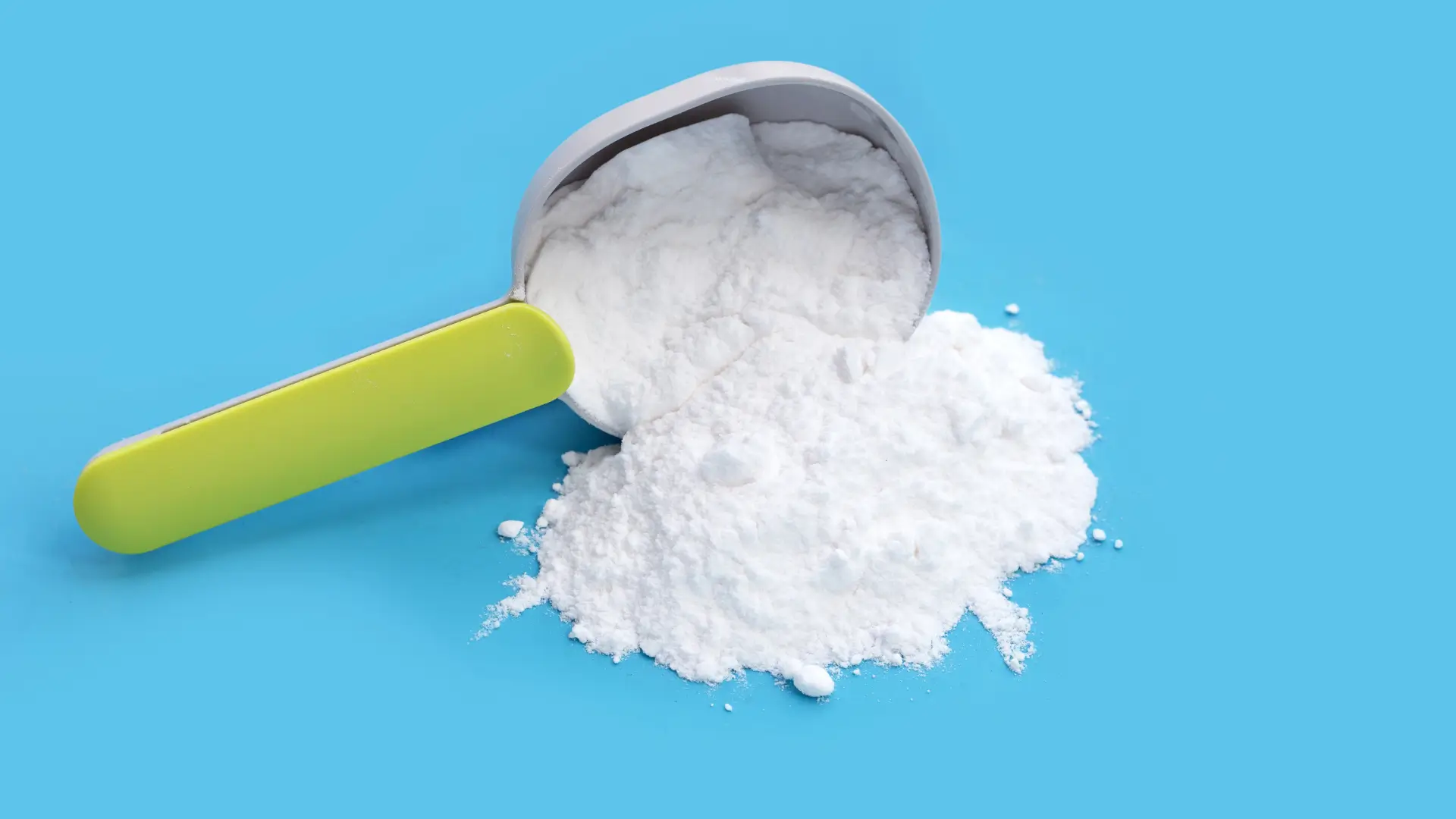Sodium butyrate is one of the most promising ingredients in the gut health space. As a key postbiotic, this short-chain fatty acid (SCFA) plays a vital role in nourishing colon cells and supporting a healthy microbiome. The science is compelling, and consumer interest is high. For a product formulator, however, there’s a significant hurdle: sodium butyrate formulation is notoriously difficult.
This isn’t an ingredient you can simply add to a blend. It presents two major technical challenges that can make or break a product: an overpowering odor and the need for targeted delivery. This guide provides a practical framework for solving the butyrate challenge.
The first hurdle: overcoming the sensory problem
Let’s be direct: pure sodium butyrate has an intensely unpleasant and persistent odor. This is the single biggest barrier to consumer compliance and product success. A formulation that fails to address this will inevitably lead to negative reviews and returns.
The key to solving this is encapsulation technology.
- Microencapsulation/Coating: The most effective strategy is to coat the sodium butyrate particles with a neutral barrier, typically a lipid or polymer matrix. This physically traps the volatile compounds responsible for the smell. A high-quality coated material should be virtually odorless, making it easy to handle during production and palatable for the end consumer.
The second hurdle: ensuring targeted delivery
The primary site of action for butyrate is the colon. However, if ingested in its unprotected form, a significant portion of sodium butyrate will be absorbed in the upper gastrointestinal tract before it can reach the large intestine. An effective sodium butyrate formulation must therefore ensure targeted release.
- Enteric Coating: This is the gold standard solution. An enteric coating is a pH-sensitive polymer layer that is resistant to the acidic environment of the stomach. It remains intact as the capsule or tablet passes through the stomach and only dissolves once it reaches the more alkaline environment of the small and large intestines. This technology ensures the payload is delivered where it’s needed most.
As detailed in pharmaceutical technology research, combining these coating technologies is the most effective method for delivering sensitive or challenging compounds to the lower gut.
What to look for in a butyrate supplier
Given these challenges, it’s clear that sourcing a technologically advanced form of this ingredient is crucial. When evaluating a supplier for your sodium butyrate formulation, ask these questions:
| Question | Why It’s Critical | The Nutri Partners Solution |
|---|---|---|
| Is the material coated? | Uncoated butyrate is a sensory and handling nightmare. | We provide a coated, low-odor form ready for formulation. |
| What is the payload? | A thick coating can reduce the percentage of active butyrate. | Our material is optimized for high potency and functionality. |
| Is it designed for targeted release? | Without protection, the ingredient won’t be effective. | We understand delivery systems and can advise on the best approach. |
At Nutri Partners, we don’t just supply an ingredient; we provide a solution. We offer a high-quality, coated sodium butyrate designed to overcome the inherent challenges of this powerful postbiotic, allowing you to focus on creating a market-leading product.





